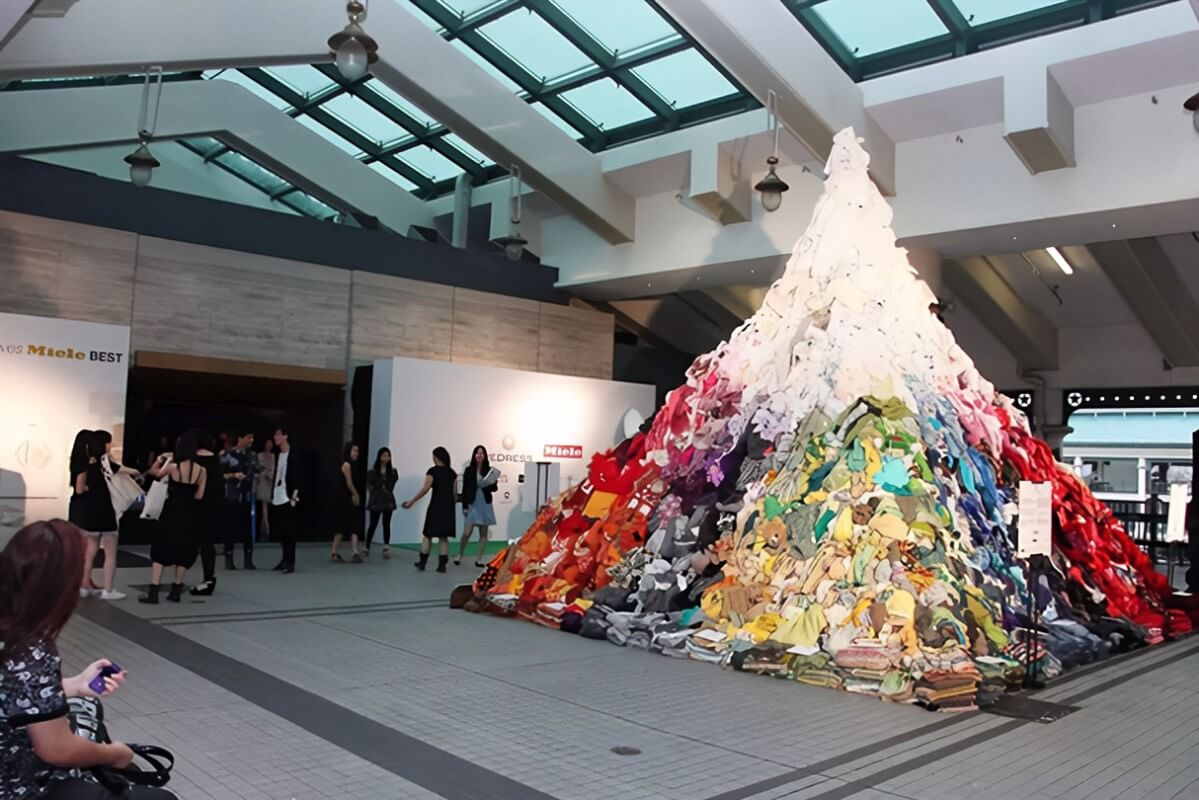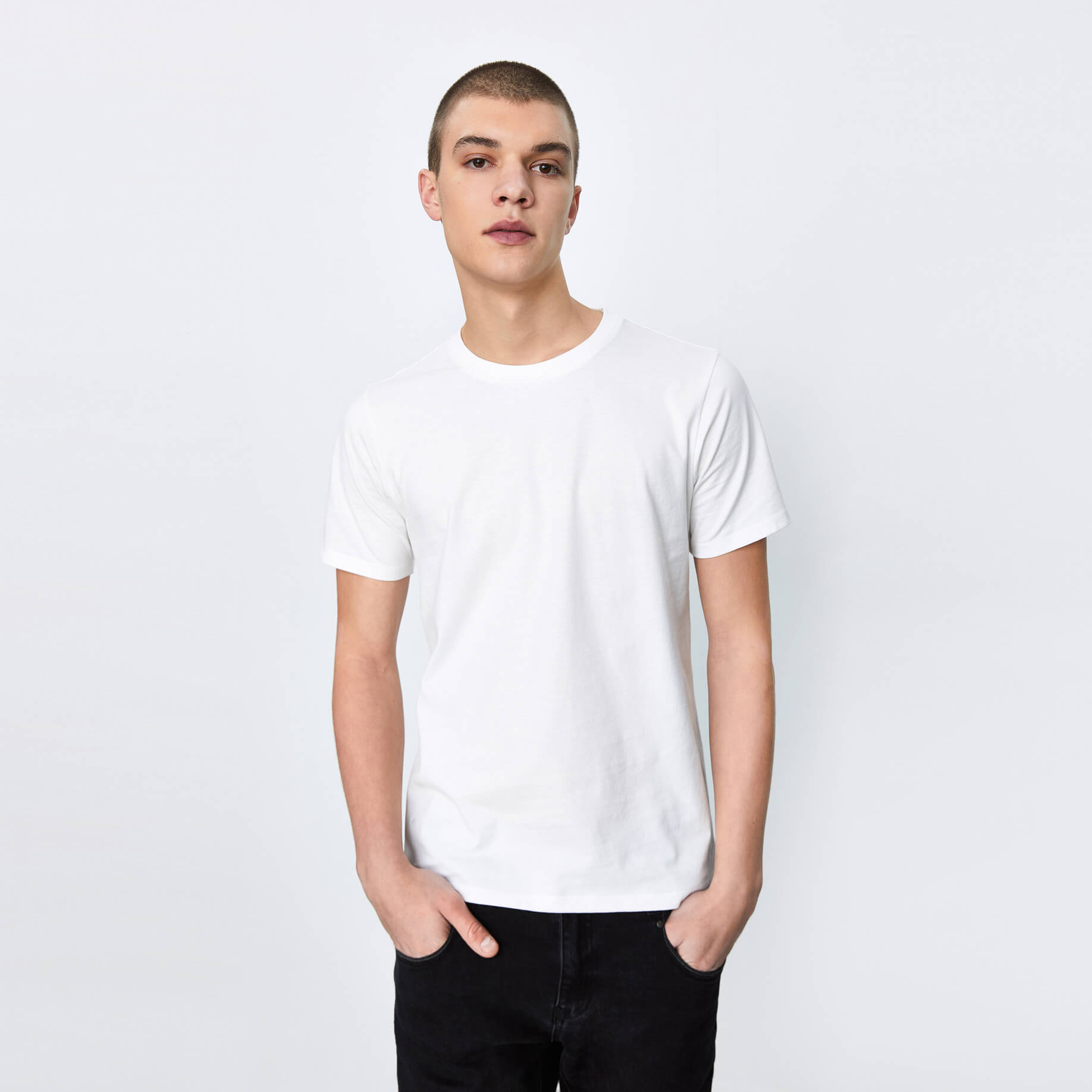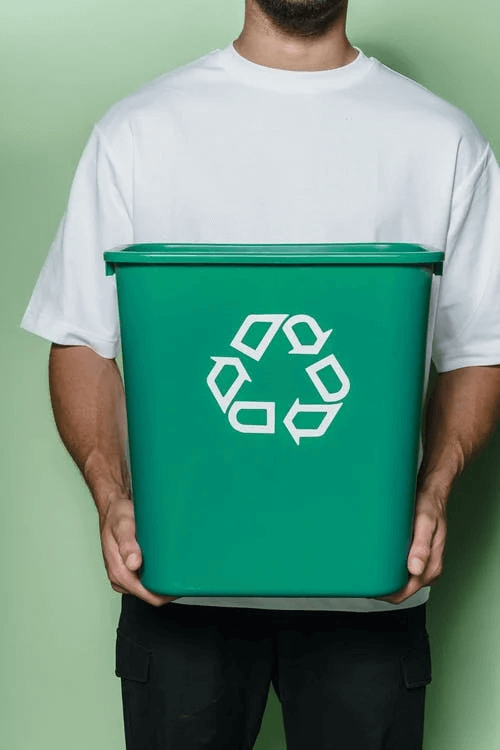Sustainability is a hot topic right now, and for a good reason. People are becoming increasingly interested in where their clothes come from, how they’re made, and what happens to them when they’re no longer wanted.
As a clothing brand, you have the unique opportunity to make a difference in the world by becoming more sustainable. This will help the environment, but it will also show your customers that you care about their values.
Suppose you’re a clothing company seeking to become more sustainable. In that case, we’ll walk you through some of the most effective methods for becoming a more environmentally responsible apparel brand in this blog post. We hope that by following these tips, you’ll be able to make your business more environmentally friendly and ultimately more successful.
Impact of fast fashion
Fast fashion has gained popularity in recent years to get the latest trends at an affordable price. However, most people are unaware of the dark side of this industry.
The truth is, the majority of our clothes are filled with toxic chemicals that can be harmful to both the environment and our health. These chemicals are used in the production process and can stay in the fabric of our clothes long after they’ve been manufactured.
What’s more, the way fast fashion is produced often takes a toll on the environment. To make clothing quickly and cheaply, factories have to cut corners somewhere. Unfortunately, this usually means using cheaper materials that aren’t as durable and require more energy and resources to produce.
This creates a lot of waste, but it also uses up valuable resources that could be used to create sustainable clothing instead.
It’s time for fashion brands to take responsibility for how they’re impacting the world. We need to start demanding more from the brands we buy from and supporting those making a positive difference.

What is sustainable fashion?
Sustainable fashion, in other words, necessitates a complete paradigm shift in how people think about style and consumption.
Sustainable fashion first came about in the 1980s as part of the green movement. The idea was to produce clothing in a way that didn’t damage the environment or require the use of toxic chemicals.
However, it wasn’t until recently that sustainable fashion really started to gain traction. In 2009, the Sustainable Apparel Coalition was founded to make the clothing industry more sustainable. This group includes some of the biggest names in fashion, including Levi’s, Nike, and Patagonia.
In 2013, Vogue published an article called “The New Green Movement”, which helped to further raise awareness about sustainable fashion. Since then, sustainable fashion has continued to grow in popularity as more and more people become interested in making ethical and sustainable choices.
Sustainable fashion and the SDGS
The Sustainable Development Goals (SDGs) are a set of 17 goals adopted by the United Nations in 2015. The goal of the SDGs is to create a better world for all by 2030.
One of the main goals of the SDGs is to achieve gender equality and empower all women and girls. Sustainable fashion is a crucial part of this goal as it can help create jobs for women and provide them with an income.
Sustainable fashion can also help reduce the amount of waste produced each year. The clothing industry is one of the biggest producers of waste globally. In fact, it’s estimated that around 15 per cent of all textiles end up in landfills each year.
This is a massive problem as textiles take a long time to decompose. By switching to sustainable fashion, we can help reduce the amount of waste produced and make a positive impact on the environment.
How to become a sustainable fashion brand
Today’s challenge for fashion brands is to create stylish, appealing clothing for consumers and sustainability. To be a sustainable fashion brand, you need to consider the entire lifecycle of your garments – from the sourcing of materials to the manufacturing process to the end-of-life disposal of your products.
There are several ways to make your fashion brand more sustainable. Below are some key considerations:
Implement a “slow fashion” philosophy
Slow fashion is an approach to fashion that emphasizes quality over quantity. It is about buying fewer, better-made garments that will last longer and provide a better value in the long run.
Simply put, slow fashion = good for people + good for the planet.
Use sustainable materials
Sustainable materials management (SMM) is a comprehensive method for applying and reusing materials more efficiently throughout their entire lifecycle. It represents a significant shift in how we think about natural resources and environmental protection.
Look for eco-friendly materials, such as organic cotton, bamboo, linen or hemp. These materials are not only better for the environment, but also softer and more comfortable to wear.

Choose ethical manufacturers
You should look for ethical clothing manufacturers by researching the company’s ethics on its website and through consumer reviews, verifying whether they are recognized as an ethical business (on sites such as Shop Ethical! and The Honest Consumer), and double-checking the certification labels they provide.
Some things to look for in an ethical clothing manufacturer include:
- They pay their workers a living wage.
- They have safe and healthy working conditions.
- They minimize their environmental impact.
You can also visit the factory where your garments will be made to ensure that it meets your standards for ethics and sustainability.
Choose a sustainable manufacturing process.
Sustainable manufacturing is creating manufactured items using environmentally responsible processes that minimize negative environmental impact while conserving energy and natural resources. Sustainability also promotes employee, community, and product safety.
There are several ways to make your manufacturing process more sustainable, such as using energy-efficient methods, recycling materials, and reducing water consumption.
Design for durability
One of the best ways to reduce the environmental impact of your garments is to design them for durability. This means choosing quality materials that will last and constructing your garments in a way that minimizes wear and tear.
You can also extend the life of your garments by offering repair or alteration services. By repairing clothes instead of throwing them away, you reduce waste and create a unique, one-of-a-kind product that is sure to be cherished by its owner.
Reduce waste
To further reduce the environmental impact of your garments, you can implement a “zero waste” philosophy in your design process. This means using all of the fabric in your garments without any waste.
You can also donate or recycle your fabrics and trimmings instead of throwing them away. By doing so, you reduce waste and help others in need.

Educate your customers
Ensure your customers know about your sustainable practices by communicating them on your website, social media, and in-store. You can also include hangtags or labels on your garments that explain the sustainable materials and manufacturing processes.
It’s also a good idea to introduce a “trade-in” policy that encourages customers to use your brand’s used clothes for a corresponding discount.
By educating your customers, you build trust and loyalty and inspire others to adopt more sustainable practices in their own lives.
Take your social responsibility.
As a sustainable fashion brand, you have a responsibility to lead by example and inspire others to do the same. You can do this by setting an example of sustainable practices in your own business and supporting other sustainable fashion brands.
You can also get involved in environmental causes and initiatives and use your platform to raise awareness about the importance of sustainability.
These are just a few ways you can make your fashion brand more sustainable. By taking these steps, you will be helping to protect the environment and setting yourself apart from other brands in the industry.
Resources for becoming more sustainable in the fashion industry
Making your business more sustainable can be a challenge, especially if you’re unsure where to start. Here are a few resources to help you make your fashion business more sustainable:
- The Sustainable Angle: This UK-based organization offers resources and advice for fashion brands looking to become more sustainable. They provide a range of services, including consultancy, training, and research.
- Good on You: Good on You is a website that rates fashion brands based on sustainability. They offer a searchable database of brands, so you can easily find out how sustainable your favourite brands are. They also have a blog with lots of helpful information on sustainability in the fashion industry.
- The Sustainable Fashion Forum: The Sustainable Fashion Forum is an online community for fashion professionals interested in sustainability. They have forums where members can discuss various topics related to sustainable fashion, and they also offer resources and advice for brands looking to become more sustainable.
With a little bit of research, you can easily find the resources you need to make your fashion business more sustainable.
Conclusion
Becoming a more sustainable clothing brand can seem daunting, but it’s worth it. You will be doing your part to help the environment, but you’ll also be showing your customers that you share their values.
At Lezhou Garment, we want to help make this process easier for you. Contact us today and let us know how we can help get your business on the path to sustainability.
Together, we can make a difference.
